iPhone 6 Plus - Camera's Quality
Posted by Wesley on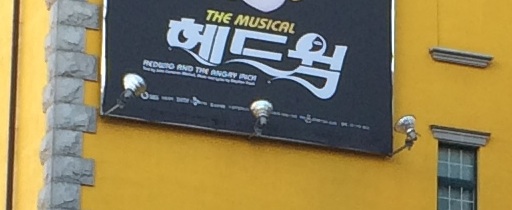
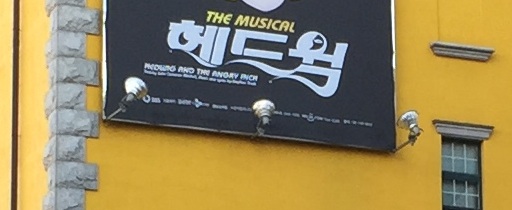
Daylight shots comparison 1
iPhone 5S (top) - 1/250s, ISO 32
iPhone 6 Plus (bottom) - 1/198s, ISO 32
iPhone 5S (top) - 1/250s, ISO 32
iPhone 6 Plus (bottom) - 1/198s, ISO 32
It's already well known that iPhone's camera's quality usually ranks among the best in smartphones. iPhone 5S was no exception, so I wanted to see how iPhone 6 Plus could improve upon that. Naturally, I did a side-by-side photo shoot with the two phones for a few days and this is the result. All the photos here are cropped from the original resolution.
In the daytime shootings, the two performs more or less similarly at a casual glance. As you can see above, the details of the photos are very good and nearly identical to each other. I think it's a testament to how good the iPhone 5S already was.


Daylight shots comparison 2
iPhone 5S (left) - 1/250s, ISO 32
iPhone 6 Plus (right) - 1/237s, ISO 32
iPhone 5S (left) - 1/250s, ISO 32
iPhone 6 Plus (right) - 1/237s, ISO 32
That is not to say that iPhone 6 Plus hadn't had any improvements to introduce. As you can see in this photo, the details of the leaves receiving the sunshine are preserved better with the iPhone 6 Plus. Result from iPhone 5S looks more washed out despite having a slightly faster shutter speed. This shows that the dynamic range of the sensor has been enhanced. This is a good news if you don't want the somewhat unnatural look the HDR mode produces.
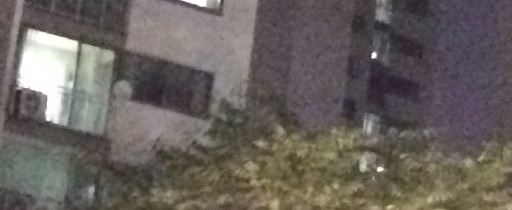
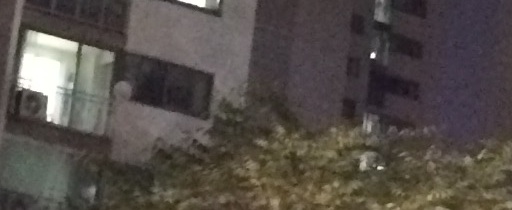
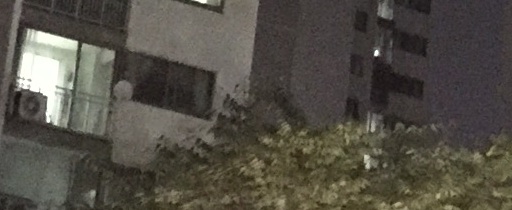
Nighttime shots comparison 1
iPhone 5S @ Default Mode (top) - 1/15s, ISO 2000
iPhone 5S @ Night Mode (middle) - 1/4s, ISO 400
iPhone 6 Plus @ Default Mode (bottom) - 1/4s, ISO 400
iPhone 5S @ Default Mode (top) - 1/15s, ISO 2000
iPhone 5S @ Night Mode (middle) - 1/4s, ISO 400
iPhone 6 Plus @ Default Mode (bottom) - 1/4s, ISO 400
In the nighttime shootings, I was very surprised at the initial results. Using the default Camera app, iPhone 6 Plus was producing photos that were far better than that from iPhone 5S. The difference was like night and day. Just look at the difference between the top and bottom photos above. So I had to know what was going on and looked at the EXIF data.
As it turns out, the iPhone 6 Plus was slowing the shutter speed to 1/4 seconds maximum even by default. Until iPhone 5S, the slowest shutter speed used by the default mode was 1/15 seconds. This was likely due to reduce effects of the camera shake. To make the photos not too dark, high ISO mode (up to 3200) was introduced back in iPhone 5. 3rd party camera apps could go into night mode and slow the speed down to 1/2 seconds, at the risk of shakier photo.
Apple must have felt that the OIS (Optical Image Stabilization) on the 6 Plus worked well enough to let the camera collect the light for about 4 times longer without compromising quality. In my experience, this was definitely the case. I was able to shoot nighttime photos like I've done before and it was hard to get a shaky photo unintentionally.
But then, what if I use the night mode on iPhone 5S and shoot at 1/4 seconds? Hence the photo in the middle. It's certainly better than at 1/15 seconds because of the lower ISO, but it doesn't get to the level of quality that iPhone 6 Plus was able to produce. The narrow vertical bars on the balcony on the top left area are blurred in the middle photo, but visible in the bottom photo.
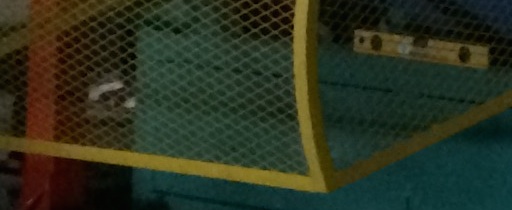
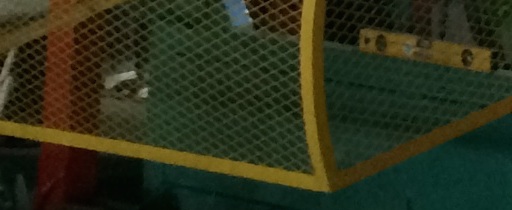
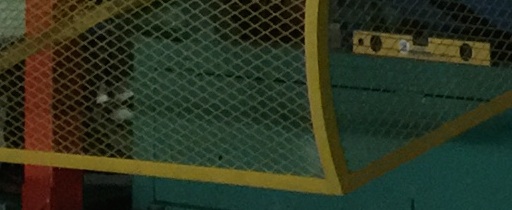
Nighttime shots comparison 2
iPhone 5S @ Default Mode (top) - 1/15s, ISO 400
iPhone 5S @ Night Mode (middle) - 1/4s, ISO 125
iPhone 6 Plus @ Default Mode (bottom) - 1/4s, ISO 125
iPhone 5S @ Default Mode (top) - 1/15s, ISO 400
iPhone 5S @ Night Mode (middle) - 1/4s, ISO 125
iPhone 6 Plus @ Default Mode (bottom) - 1/4s, ISO 125
Even under a relatively lower ISO shoot, iPhone 6 Plus was able to retain more detail. The grill and the yellow block behind it are sharp in the photo. iPhone 5S made a focused, yet softer and less detailed rendition even when the night mode was used to lower the ISO.
It is clear that the sensor on the iPhone 6 Plus is more sensitive, and the image processing done by the A8 chip is more advanced. This isn't easily expressed in the spec chart, so many people may overlook these significant improvements because the camera's pixel count is staying at 8 megapixels since the iPhone 4S.
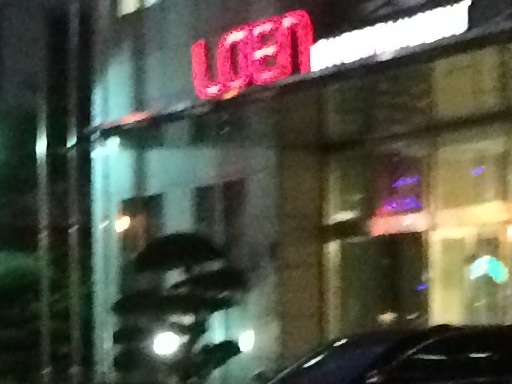
Shot in the evening while walking with iPhone 5S (1/15s, ISO 640)

Shot in the evening while walking with iPhone 6 Plus (1/4s, ISO 125)
So how well does the OIS work? I took some photos while walking around the street to see the effects. iPhone 5S tended to get blurry photos even at 1/15-second shutter speed. iPhone 6 Plus managed to smooth out the motion and get more stable photos even though the shutter speed was automatically lowered to 1/4 seconds. Apple looks to have successfully outdone itself.
Taking all these into account, I can confidently say that the camera on the iPhone 6 Plus is an enormous upgrade over iPhone 5S. It really shines in the darker environments, and those with shaky hands can look forward to having much more usable photos. If you take a lot of photos on your iPhone, it's worth putting up with the somewhat ridiculous size that 6 Plus has.
But this is only half of the story.